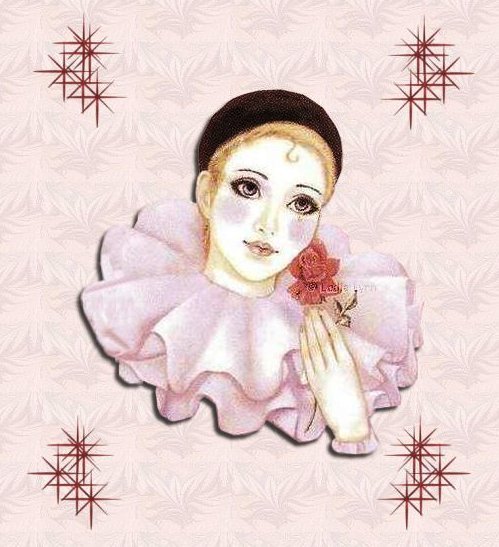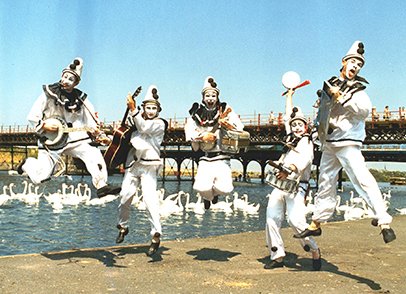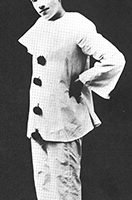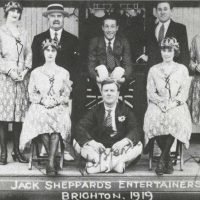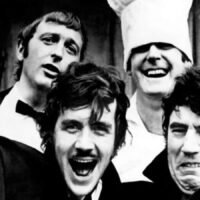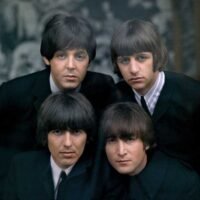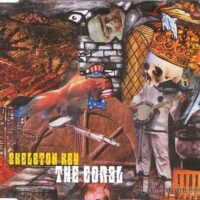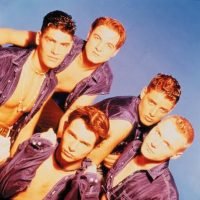A Short History of Pierrot Troupes
Pierrot troupes, alongside Punch & Judy and pantomime are one of the very few, indigenous, British performance forms – they are an important part of our cultural heritage and folk traditions. The origins of the pierrot character come from the medieval Italian Comedy or Commedia d’ell Arte, as do those of Harlequin & Columbine, whom we associate with pantomime and Mr Punch of Punch & Judy fame.
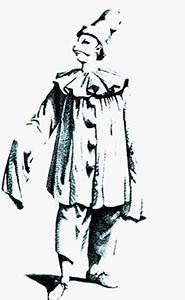

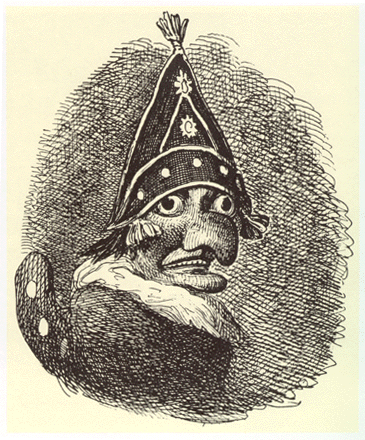


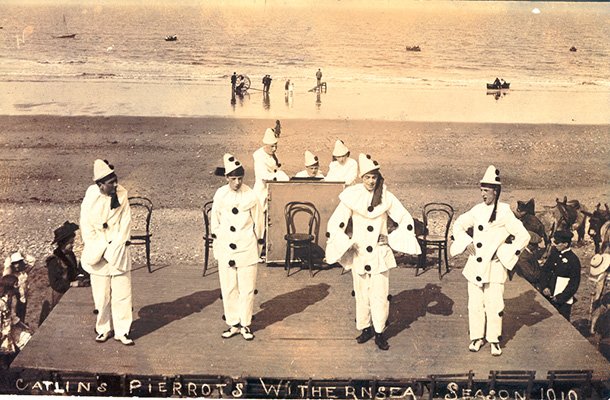
The earliest references to pierrot troupes are from Clifford Essex – a banjo manufacturer based in London, who saw a French production of ‘L’Enfant Prodigue’ at the Prince of Wales’ Theatre in 1891, featuring a family of pierrots (listen to the Radio program and find out much more about Clifford Essex at prom-prom.com). He decided to emulate the pierrot look and performed with 2 men and one woman at the Henley regatta that Summer. This was the very first pierrot troupe in Britain, who became known as “Clifford Essex’s Royal Pierrots” after performing for the Prince of Wales at the Cowes Regatta on the Isle of Wight that Summer.
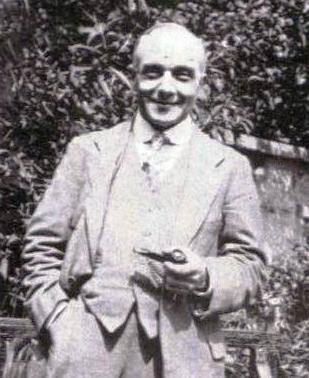

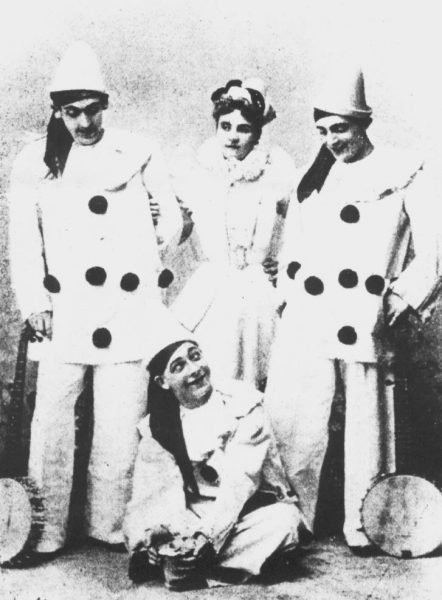

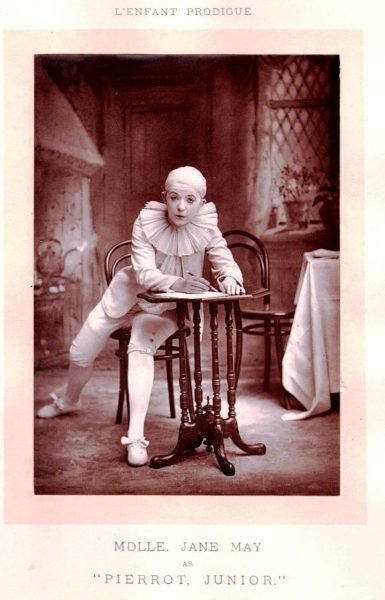
The pierrots quickly took-over from the so-called “nigger minstrels” (black-faced itinerant entertainers who performed on high days and holy days at both the seasides and inland fairs). Within just a decade, many seaside resorts could boast of 3, 4 or even 5 different troupes, all vying with one another for the favour and attention of the holidaymakers and their cash! The pierrot troupes and concert parties played a significant role in raising funds and morale in the First World War and they became a feature of almost every seaside resort throughout Britain.
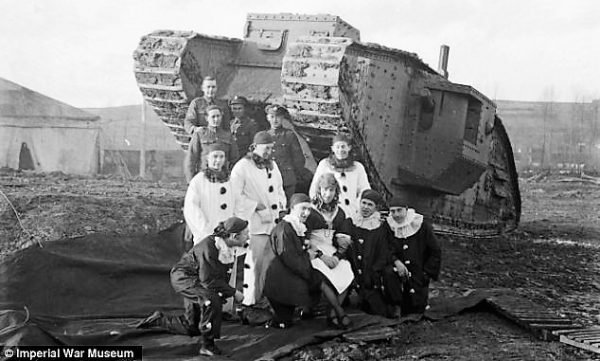


There were other attractions, of course, but between 1891 and the outbreak of the 2nd World War, there is evidence of more than 1,000 troupes in existence. The pierrot concert party was the main way in which young entertainers broke into the profession – the industry was an apprenticeship: the Edinburgh Fringe, the stand-up club and indie pop chart of its day – a pierrot troupe was where young entertainers cut their teeth and looked for a big break and where old-stagers found their staple income in the Summer.
Many famous names of light entertainment started as seaside pierrots – Arthur Askey, Stanley Holloway, Max Miller and Leslie Crowther to name but a few and their skills and traditions are the forerunners of the kind of comedy we enjoy in ‘The Goons’, ‘Monty Python’s Flying Circus’, Peter Kay and ‘The Fast Show’.
The seaside pierrot troupes were public property and expected to fulfill certain expectations – they had to be smart, charming and available at all times. They were expected to perform whenever the management required (up to 5 times a day), in all weathers (if wet under the pier!) and certainly not to greet girlfriends or loved ones in public: they were ‘The Boyzone’ or ‘Take That’ of their age: indeed, even their names – ‘The Merry Japs’, ‘The Imps’ and ‘The Moths’, anticipate pop groups such as ‘The Happy Mondays’, ‘The Pixies’ and ‘The Beatles’. Their musical material also links pop bands such as ‘The Kinks’, ‘Ian Drury & The Blockheads’, ‘The Coral’ and ‘The Streets’ with music hall and folk. There is a direct line from the itinerant clowns of previous centuries through the seaside pierrot troupes of the early Twentieth Century to the comedians and pop groups of today.
